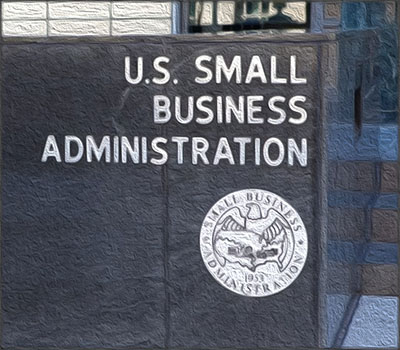If you’re not familiar, SBIR (Small Business Innovation Research), is a program that was established in statute by the Small Business Innovation Development Act of 1982, which has been reauthorized by Congress on several occasions over the past 36 years. It encourages U.S. small businesses to engage in federal research and development which has potential for commercialization. Sometimes SBIR is also referenced with STTR (Small Business Technology Transfer) which is another related program that expands funding opportunities for federal innovation R&D.
There are a large number of agencies participating in SBIR and/or STTR, including the Dept. of Agriculture, DOC, DOD, DOE, DHHS, DHS, DOT, EPA, and NASA.
SBIR and STTR both contain three identical phases. The following descriptions are from SBIR.gov:
- Phase I. The objective of Phase I is to establish the technical merit, feasibility, and commercial potential of the proposed R/R&D efforts and to determine the quality of performance of the small businesses prior to providing further Federal support in Phase II. STTR Phase I awards normally do not exceed $150,000 total costs for 1 year.
- Phase II. The objective of Phase II is to continue the R/R&D efforts initiated in Phase I. Funding is based on the results achieved in Phase I and the scientific and technical merit and commercial potential of the Phase II project proposed. Only Phase I awardees are eligible for a Phase II award. STTR Phase II awards normally do not exceed $1,000,000 total costs for 2 years.
- Phase III. The objective of Phase III, where appropriate, is for the small business to pursue commercialization objectives resulting from the Phase I/II R/R&D activities. The STTR program does not fund Phase III. In some Federal agencies, Phase III may involve follow-on non-STTR funded R&D or production contracts for products, processes or services intended for use by the U.S. Government.
The Small Business Association (SBA) is encouraging small businesses to move on to Phase III. Having SBIR STTR Phase III status brings with it quite a few important rights for a business. It allows the business to receive SBIR Data Rights in a funding agreement (SBIR and STTR Data Rights are identical, so they are referenced as SBIR Data Rights).
In addition, Phase III also includes: the right to sole-source contracts; exemption from SBA size standards for a procurement; no restrictions on the dollar amount of a Phase III procurement; extension of SBIR Data protection periods under prior SBIR funding agreements; a right to the Phase III mandate which the SBIR and STTR firm have a right to be granted a future Phase III award to the greatest extent that is practicable; the right to obtain sub-contracts for Phase III via a sole-source basis; and 7) the ability to pursue and combination of research, R&D, services, products, and/or production under Phase III.
So where will we begin to see Phase III related opportunities first? The GSA announced about a month ago that they’d be launching an SBIR Phase III pilot. All awards will be made and managed by GSA’s Office of Assisted Acquisition Services (AAS) for the duration of the pilot, which will be running through September 2019.
If you’d like to learn more about SBIR/STTR opportunities for small business, get started today with a free five-day trial of EZGovOpps.


